Basil (Ocimum basilicum) is a highly aromatic and versatile herb belonging to the mint family (Lamiaceae), globally cherished for its distinct flavor and fragrant leaves. From the classic “sweet basil” widely used in Italian cuisine to the spicy Thai basil and medicinal Holy Basil (Tulsi), varieties vary in aroma from hints of anise, clove, or cinnamon to a peppery kick. Its tender, often glossy, oval leaves add a fresh, slightly sweet, and herbaceous note to numerous savory dishes. The plant is typically an annual in temperate climates, flourishing in warm, sunny conditions and delivering a sensory delight that transcends culinary boundaries.
Health Benefits: Basil is a powerhouse of antioxidants, including flavonoids like orientin and vicenin, and volatile oils such as eugenol, linalool, and methyl chavicol, which combat free radical damage and oxidative stress. These compounds contribute to its notable anti-inflammatory and antimicrobial properties, potentially aiding in fighting infections and reducing inflammation throughout the body. Research suggests basil may support cardiovascular health by helping to manage blood pressure and cholesterol, improve blood sugar regulation, boost the immune system, and even enhance cognitive function and reduce stress.
Nutritional Facts (Approximate per 1 tablespoon/2 grams fresh basil):
- Calories: 1-2 kcal
- Carbohydrates: 0.2-0.3g
- Fiber: 0.1-0.2g
- Protein: 0.1g
- Fats: Negligible
- Vitamins: Excellent source of Vitamin K (crucial for blood clotting and bone health), with trace amounts of Vitamin A (beta-carotene) and Vitamin C.
- Minerals: Contains small amounts of Iron, Calcium, Manganese, and Potassium.
Various Applications: Basil’s fresh, aromatic profile makes it incredibly versatile:
- Italian Cuisine: Essential in pesto, marinara sauces, Caprese salads, pizzas, and pasta dishes.
- Mediterranean Dishes: Often used in salads, roasted vegetables, and grilled meats.
- Asian Cuisine: Thai basil lends its unique flavor to curries, stir-fries, and noodle dishes.
- Beverages: Infused in water, lemonades, cocktails, and even herbal teas.
- Soups & Stews: Added fresh at the end of cooking for a vibrant finish.
- Garnishes: A beautiful and fragrant garnish for almost any savory dish.
Recipe with Basil: Simple Caprese Salad Ingredients:
- 2 large ripe tomatoes, sliced
- 200g fresh mozzarella (bocconcini or ciliegine), sliced or halved
- 1/4 cup fresh basil leaves
- 2 tbsp extra virgin olive oil
- 1 tbsp balsamic glaze (optional)
- Salt and freshly ground black pepper to taste
Instructions:
- Arrange alternating slices of tomato and mozzarella on a plate.
- Tuck fresh basil leaves among the tomato and mozzarella.
- Drizzle generously with olive oil.
- Season with salt and black pepper.
- Optionally, drizzle with balsamic glaze. Serve immediately.
7 Key Highlighting Points of Basil:
- Distinctive Flavor: A signature sweet, peppery, and earthy taste crucial in many cuisines.
- Rich in Antioxidants: Contains potent compounds like carvacrol and thymol that fight free radicals.
- Anti-inflammatory Properties: Helps reduce inflammation throughout the body.
- Versatile Culinary Herb: Indispensable in Italian, Mediterranean, and Asian dishes.
- Excellent Source of Vitamin K: Vital for blood clotting and bone health.
- Aromatic & Fragrant: Its appealing scent enhances both dishes and environments.
- Supports Overall Well-being: Contributes to heart health, blood sugar regulation, and immunity.



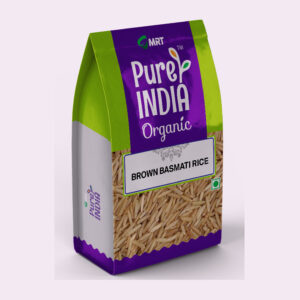

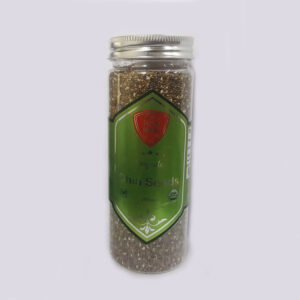
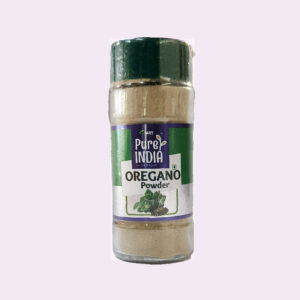
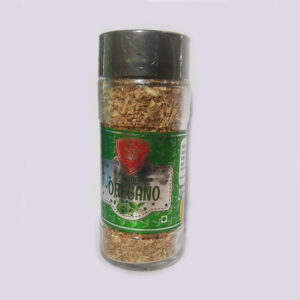
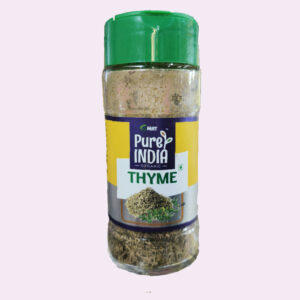
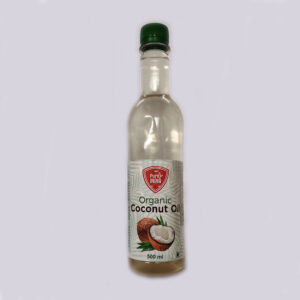
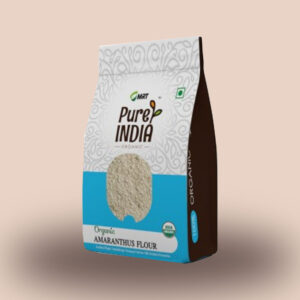
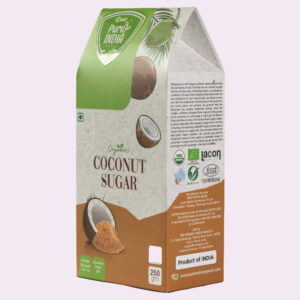
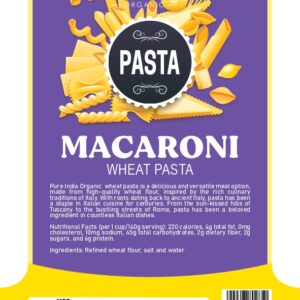
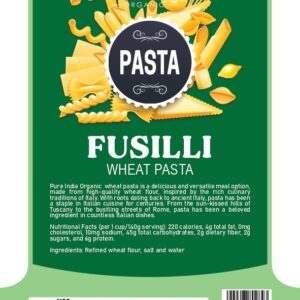
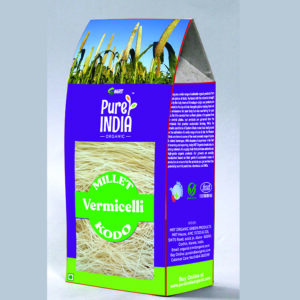





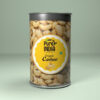
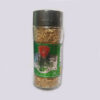
Reviews
There are no reviews yet.